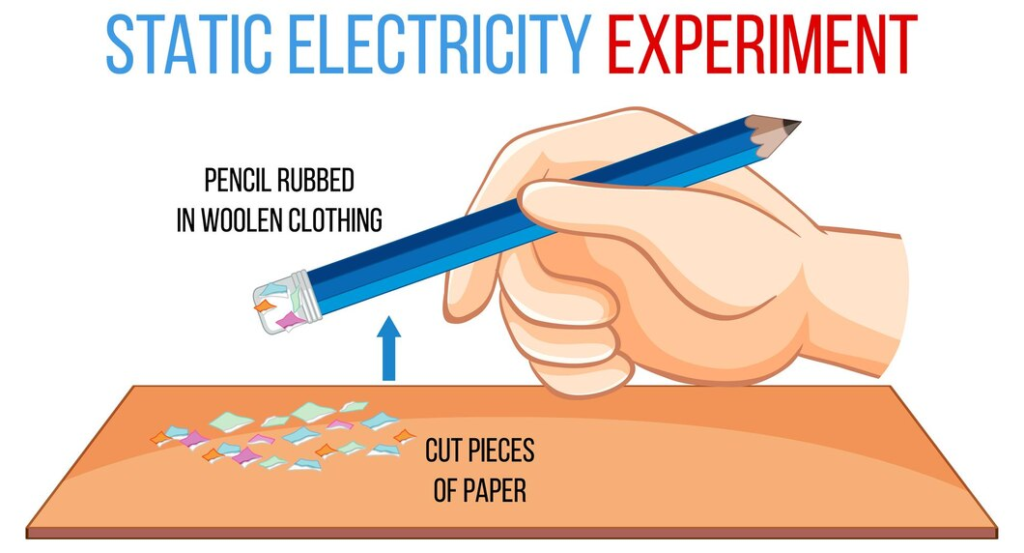The invisible force that drives our contemporary world, electricity, is a fascinating phenomena with a wide range of uses. It is the foundation of technological progress and is essential to how we live our daily lives.
We will delve into the world of electricity and circuits in this blog article, investigating the underlying theories that underlie their operation and comprehending its importance. The fascinating world of electricity and circuits will be clarified in this article.
Electricity: The Flow of Charge
Electricity refers to the flow of electric charge through conductive materials. The behaviour of electric charge is governed by the principles of electrostatics and electromagnetism. Electric charge exists in two forms: positive and negative.

Opposite charges attract each other, while like charges repel. This fundamental property of electric charge forms the basis of electrical interactions.
Circuits: Pathways for Electricity
Circuits are pathways or routes through which electricity flows. A circuit consists of various components, including a power source, conductors, and loads. The power source, typically a battery or generator, provides the electrical energy required for the flow of charge.

Conductors, such as wires, facilitate the movement of electric charge. Loads, such as light bulbs or appliances, convert electrical energy into other forms of energy, such as light or heat.
Types of Circuits
Circuits can be classified into two main types: series and parallel circuits. In a series circuit, the components are connected sequentially, forming a single pathway for the flow of current. If one component in a series circuit fails, the entire circuit is interrupted.

In a parallel circuit, the components are connected in multiple branches, providing multiple pathways for the flow of current. If one component in a parallel circuit fails, the other components can still function independently.
Basic Laws of Electricity
The functioning of circuits is governed by fundamental laws, such as Ohm’s Law and Kirchhoff’s Laws. Ohm’s Law states that the current flowing through a conductor is directly proportional to the voltage across it and inversely proportional to its resistance. This relationship can be expressed mathematically as I = V/R, where I represents the current, V denotes the voltage, and R represents the resistance.

Kirchhoff’s Laws, namely Kirchhoff’s Voltage Law (KVL) and Kirchhoff’s Current Law (KCL), provide principles for analysing complex circuits.
KVL states that the sum of voltage drops around any closed loop in a circuit is equal to the sum of the applied voltages. KCL states that the total current entering a junction in a circuit is equal to the total current leaving that junction.
Applications and Significance
Electricity and circuits have revolutionised the world we live in. They power our homes, facilitate communication, drive transportation, and enable technological innovations. From lighting our streets to powering electronic devices, electricity is an essential component of modern life.
Understanding electricity and circuits is crucial for various fields, including electrical engineering, electronics, and renewable energy. It equips individuals with the knowledge and skills needed to design and analyse circuits, troubleshoot electrical issues, and contribute to advancements in energy efficiency and sustainability.
Modern technology is built on electricity and circuits, which also illuminate and power our daily life.
We gain understanding of the underlying forces that determine our technological progress by knowing the fundamentals of electricity and delving into the complexity of circuits. Let’s keep embracing the world of electricity, realising its potential, and utilising its strength to spark innovation and build a better future.
